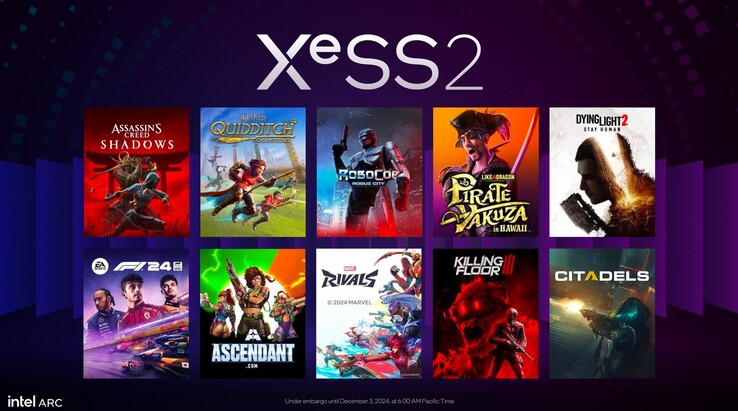In the X post embedded below, Intel announced that its Xe Super Sampling (XeSS) currently supports more than 150 games. You can find a complete list of XeSS-enabled games on Intel’s website, which consists of titles at the time of writing, including blockbusters like Ratchet & Clank: Rift Apart, Assassin's Creed Shadows, Ghostrunner 2 and Death Stranding.
This is great news for gaming enthusiasts, even those who aren’t using Intel graphics cards such as the new Arc B580 (approx. $300 on Amazon); unlike Nvidia DLSS, Intel XeSS also works on competing brands' graphics cards, though with a very slight decrease in performance. The fundamental idea behind XeSS is similar to those of DLSS and FSR – games are rendered at a lower resolution and then upscaled to a monitor’s native resolution using artificial intelligence, with the goal of enhancing frame rates without sacrificing too much image quality.
Intel unveiled XeSS 2 in December 2024. This new version of the upscaling technology mainly offers two major upgrades: Frame Generation and XeSS Low Latency. Frame Generation can effectively double frame rate by ensuring that every other frame is generated by AI rather than rendered, whilst Low Latency can help reduce latency by up to 45%.
However, the adoption of XeSS 2 has been sluggish. Even two months after its release, the upscaling tech is supported by just two games: Marvel Rivals and F1 2024. Intel promises to improve the situation, having already announced eleven additional titles set to support XeSS 2, including Civilization VII and Assassin’s Creed Shadows.



















